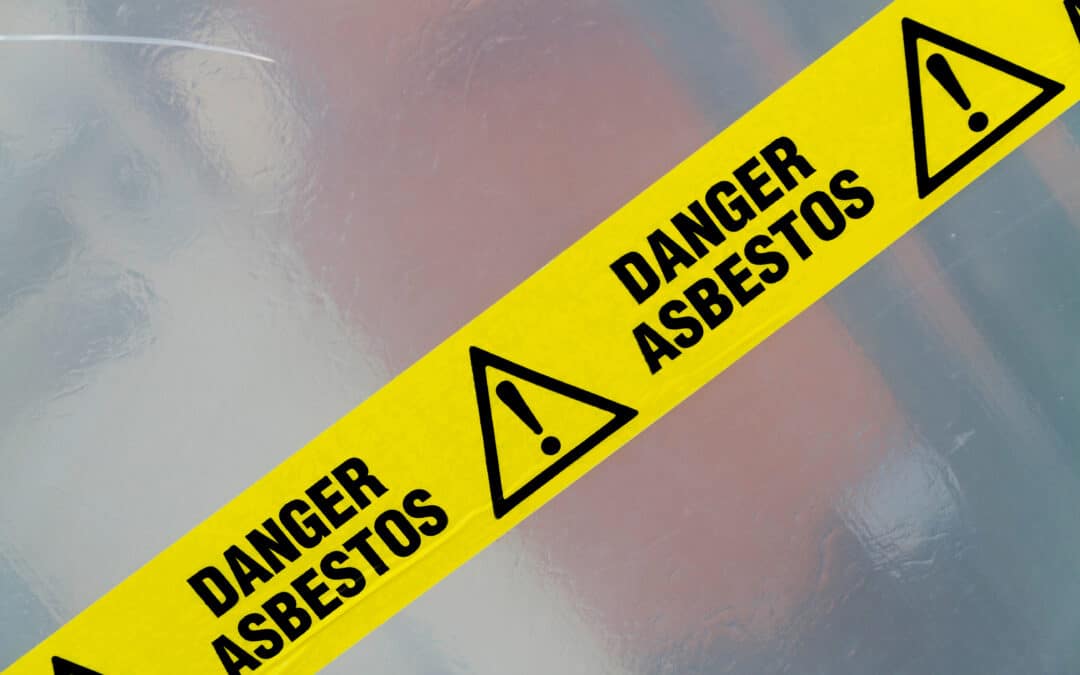The line between what’s true and what’s a myth can often be blurred regarding asbestos facts. Asbestos, a naturally occurring mineral known for its fire-resistant properties, has been used in various industries for decades. However, its health risks have also been well-documented. This blog will debunk common myths and shed light on the asbestos facts you need to know to protect yourself and your loved ones.
Myth #1: Asbestos is No Longer Used
One prevalent misconception is that asbestos is no longer used in construction materials or products. Although asbestos is no longer mined in the U.S., and its use has declined significantly, American industry still legally imports, uses, and sells raw asbestos and its products.
Asbestos Facts #1: Asbestos is Not Completely Banned
Asbestos is not entirely banned in several countries, including the United States. While its use has declined significantly, it still exists in some products and industries. It’s essential to check for asbestos in older buildings and be aware of potential exposure sources.
Myth #2: Asbestos Exposure is Harmless in Small Amounts
Another common myth is that minor or occasional exposure to asbestos is harmless. In reality, there is no safe level of asbestos exposure. Even minimal exposure over time can increase the risk of developing asbestos-related diseases, such as mesothelioma, lung cancer, and asbestosis.
Asbestos Facts #2: No Safe Level of Exposure
Asbestos fibers are incredibly durable and can remain in the body for years, leading to severe health conditions. It’s crucial to minimize exposure and take precautions when handling materials that may contain asbestos.
Myth #3: Asbestos-Related Diseases Only Affect Workers
Some believe that asbestos-related diseases only affect workers in industries where asbestos is commonly used. However, asbestos exposure can occur in various settings, including homes, schools, and public buildings. Family members of asbestos workers can also be at risk due to secondary exposure through contaminated clothing and belongings.
Asbestos Facts #3: Anyone Can Be at Risk
Asbestos-related diseases can affect anyone who has been exposed to asbestos fibers, regardless of their occupation. It’s essential to be aware of potential exposure sources and take precautions to protect yourself and your loved ones.
Myth #4: Asbestos-Containing Materials Are Easy to Identify
Some assume that identifying asbestos-containing materials is a straightforward task. However, asbestos fibers are often microscopic and invisible to the naked eye. Identifying asbestos materials solely based on appearance is impossible, making professional testing and assessment essential.
Asbestos Facts #4: Professional Testing is Necessary
To determine whether a material contains asbestos, professional testing by certified inspectors is required. DIY testing is not recommended, as it can lead to unnecessary exposure risks.
Understanding the facts about asbestos is crucial for safeguarding your health and the health of those around you. Asbestos is not a thing of the past, and its potential risks should not be underestimated. By separating asbestos facts from myths, we can take the necessary steps to prevent exposure and reduce the incidence of asbestos-related diseases. If you or someone you know has been exposed to asbestos and has been diagnosed with mesothelioma, you may be entitled to compensation. Contact the mesothelioma trial attorneys at Shrader & Associates for a free consultation and asbestos legal help.

